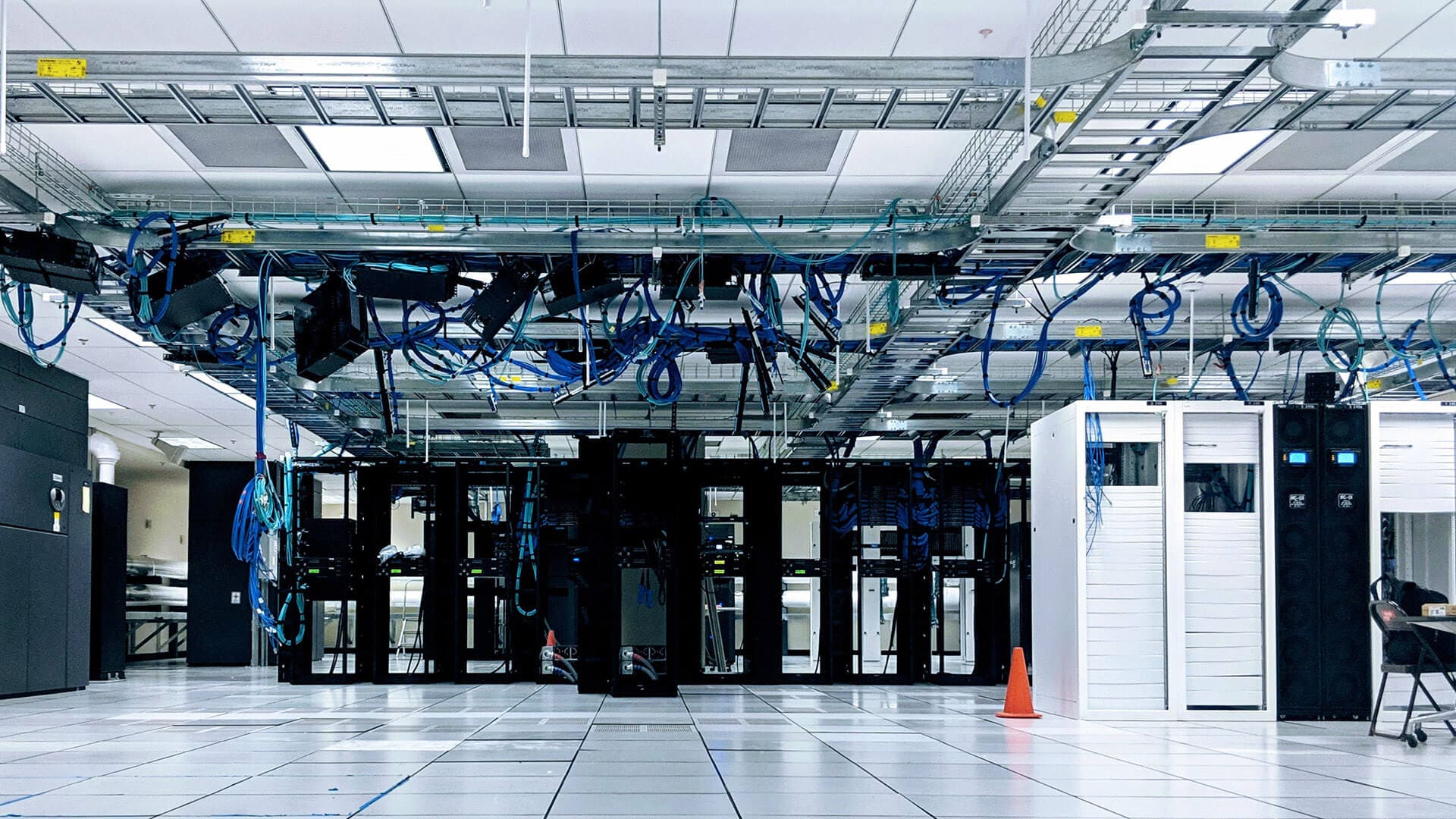The following is an excerpt from our recent white paper, A Strategic Approach to Data Storage: How Your Organization Can Leverage Big Data. You can download the full white paper here.
4 Elements of a Technology Strategy
Data storage is just one component of your overall technology strategy.
Because of this, you must comprehend a high-level picture of the entire platform to select the right storage solution. Here are the components of a technology strategy that you should map out before you make any decisions that affect your approach to IT:
- Ingestion
- Data storage
- Compute
- Presentation
 Ingestion
Ingestion
Ingestion is all about understanding where your data is entering the platform. Common sources include social media platforms, an Internet of Things (IoT) device, customer interactions, etc.
 Data storage
Data storage
Data storage is the portion of your platform where your data actually lives. Here, you’ll need to not only consider the overall approach, but also how you will organize your data so it’s clear what sources it came from.
 Compute
Compute
Compute is where you need to define workloads, identify the apps you’ll run, and decide whether you’re going to leverage Artificial Intelligence (AI), or Machine Learning (ML). Compute is all about processing. It needs to be considered at the same time as storage because different approaches storage approaches to support different types of workloads.
 Presentation
Presentation
Finally, you need to figure out how you’re going to display the insights you derive. The presentation component of your platform usually includes an analytics system or a series of dashboards or APIs that provide you with the information you need to make business decisions.
Modern Data Storage Essentials

Every business has different data storage needs. That’s why we conduct an in-depth discovery process with each client before making a recommendation. There are two basic requirements that need to be included in any modern data storage solution:
1. Ability to scale
Data storage needs to scale up and down. And, since we’re dealing with massive amounts of data, it’s difficult to determine when an influx will occur. Modern storage infrastructure should scale as you ingest more data.
There are two reasons for this:
- It’s safe to expect data will exponentially increase over time. The amount of data customers are generating, and that businesses are collecting, is growing every day.
- It doesn’t make sense to pay for storage until you need it. You should be able to scale your storage, and your expenses, based on your actual needs.
2. Ability to handle concurrency
The workloads you’re planning to run will require some significant processing power. In addition, you’re probably going to need to be able to run multiple workloads concurrently. If the data storage solution you’re considering can’t handle this, then you probably should reevaluate your decision.
Download the full white paper to learn more on how you can leverage the power of your data. For more information on data storage, reach out and talk to one of our experts.
Categories
- Cloud Migration and Adoption
- Enterprise IT and Infrastructure
- Artificial Intelligence and Machine Learning
- Data Management and Analytics
- DevOps and Automation
- Cybersecurity and Compliance
- Application Modernization and Optimization
- Featured
- Managed Services & Cloud Cost Optimization
- News
- Workplace Modernization
- Tech We Like
- AWS
- Social Good News
- Cost Optimization
- Hybrid Cloud Strategy
- NVIDIA
- Application Development
- GPU

/redapt_whitepaper_strategic-approach-to-data-storage-preview-1.png?length=400&name=redapt_whitepaper_strategic-approach-to-data-storage-preview-1.png)
/redapt_whitepaper_strategic-approach-to-data-storage-preview-2.png?length=400&name=redapt_whitepaper_strategic-approach-to-data-storage-preview-2.png)
/redapt_whitepaper_strategic-approach-to-data-storage-preview-3.png?length=400&name=redapt_whitepaper_strategic-approach-to-data-storage-preview-3.png)





